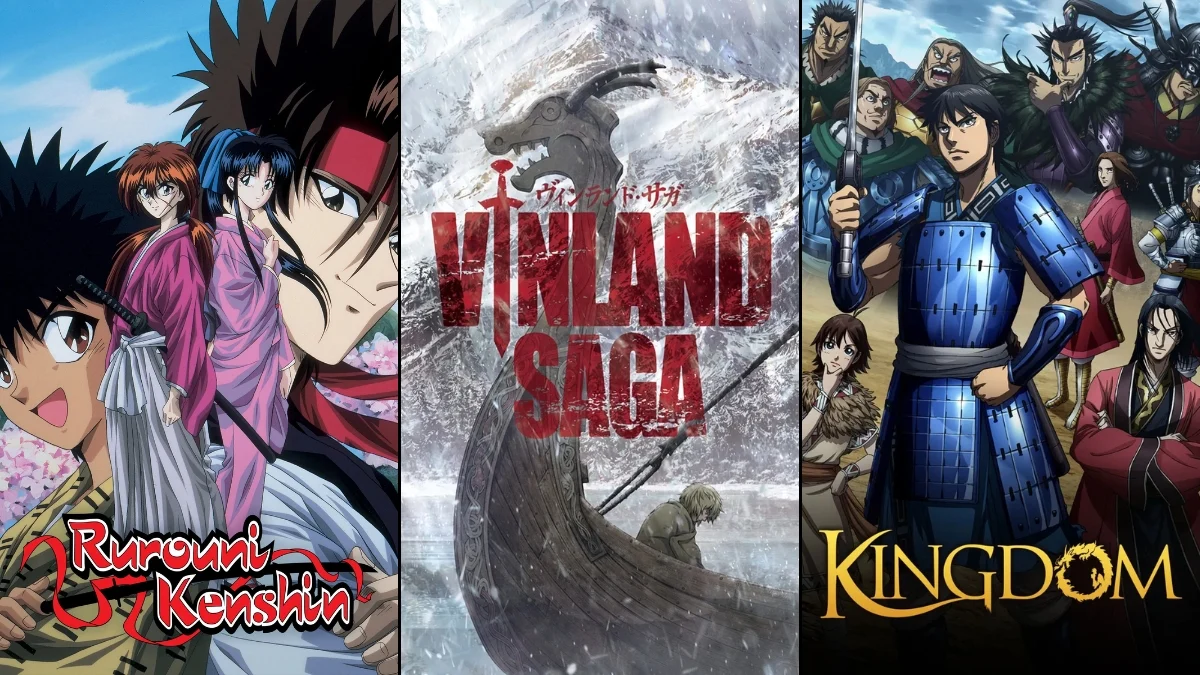
Anime frequently portrays historical periods with impressive detail, carefully researching and recreating past events, locations, and cultures. Whether it’s the world of Vikings, the elegance of the Heian court, or the bustling streets of Meiji-era Japan, these shows and movies use authentic sources and details – like language, clothing, food, and technology – to make history feel real and immersive. Here are twenty examples where creators clearly went the extra mile to bring these historical settings to life with accuracy and depth.
‘Vinland Saga’ (2019–)
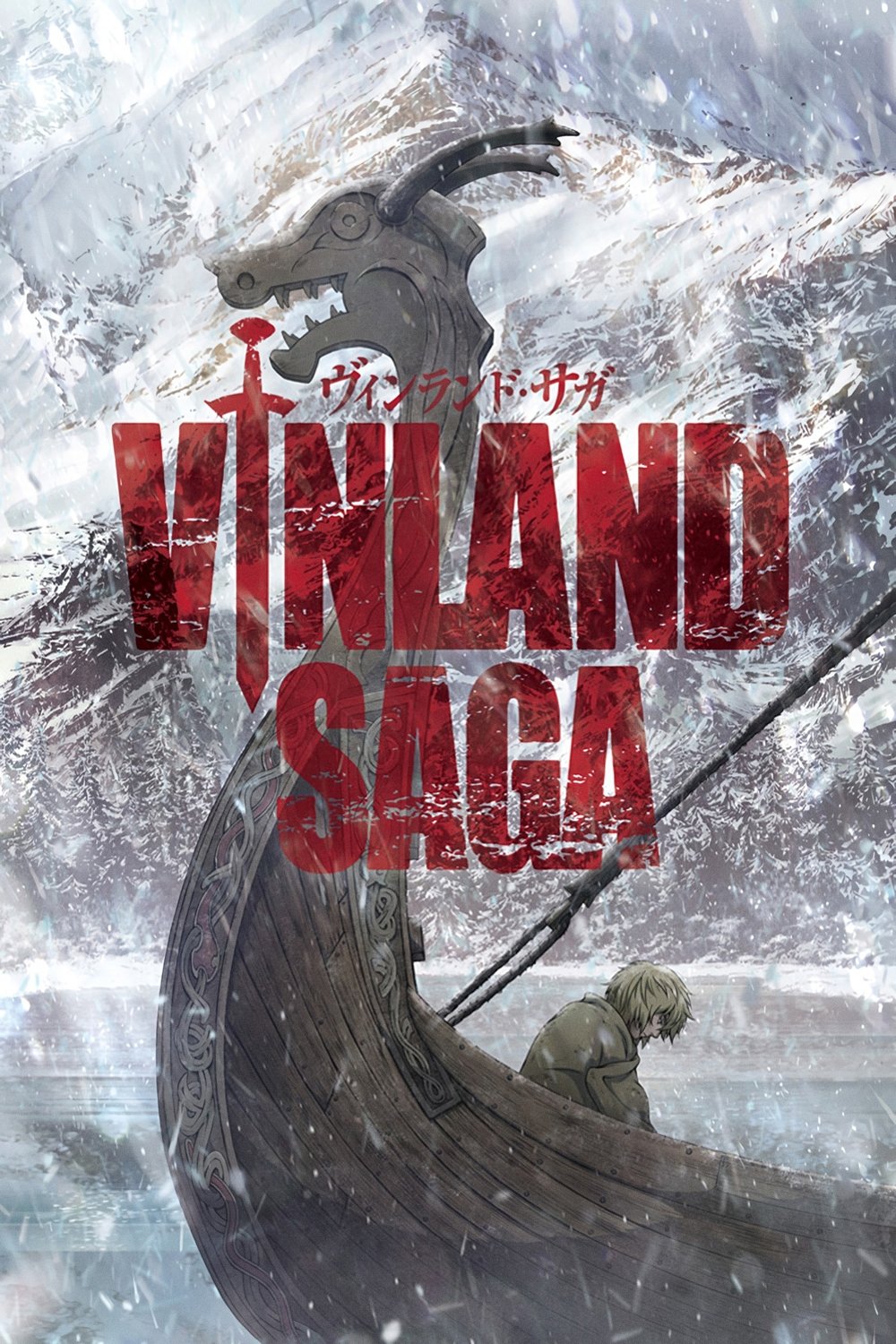
This historical series takes place in the early 11th century and follows Vikings – explorers, mercenaries, and traders – as they travel between Iceland, England, and the North Sea. The show draws inspiration from Norse sagas and features real historical figures like Thorfinn Karlsefni and King Cnut, depicting their campaigns during the Danish invasions of England. It realistically portrays Viking life, including how they built and sailed their distinctive clinker-built longships, and the weapons they used, all based on archaeological discoveries. The series also accurately depicts Viking society, showing their legal systems, like the thing assemblies, their customs, such as dueling, and even the practice of slavery.
‘Golden Kamuy’ (2018–2024)
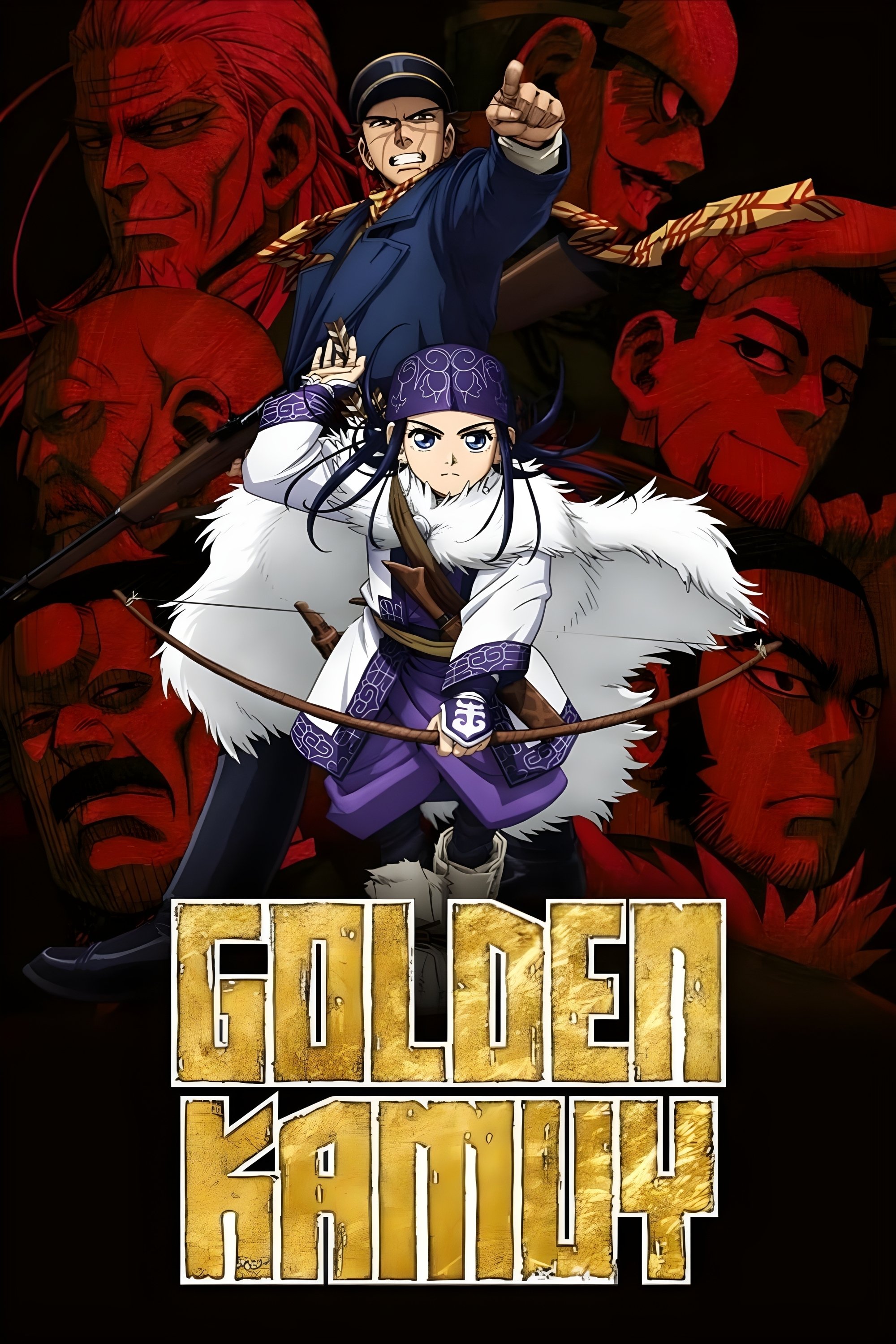
Set in Meiji-era Hokkaidō and Karafuto, this story meticulously recreates Ainu culture, including their language, clothing, food, and traditions. It explores the aftermath of the Russo-Japanese War, focusing on military life, leftover equipment, and penal settlements such as Abashiri. The story’s maps, railways, and settlements are based on actual locations and historical migration patterns. Details about hunting, tools, and recipes are drawn from documented Ainu culture, making the survival elements authentic and culturally grounded.
‘Rurouni Kenshin’ (1996–1998)

This series takes place in the early years of the Meiji period and uses the changes happening in Japan at the time – like police updates, a ban on swords, and the creation of a modern army – as the foundation for its story. The city settings are based on Tokyo’s neighborhoods as they were developing, showing a mix of old Edo-style buildings with new additions like gas lamps, Western clothing, and modern transportation. The characters’ histories often tie into the conflicts of the late Bakumatsu period, drawing inspiration from actual groups and events surrounding the Restoration. The series also accurately portrays sword fighting styles, schools, and customs from the era, referencing specific traditions and the move away from publicly carrying swords.
‘In This Corner of the World’ (2016)
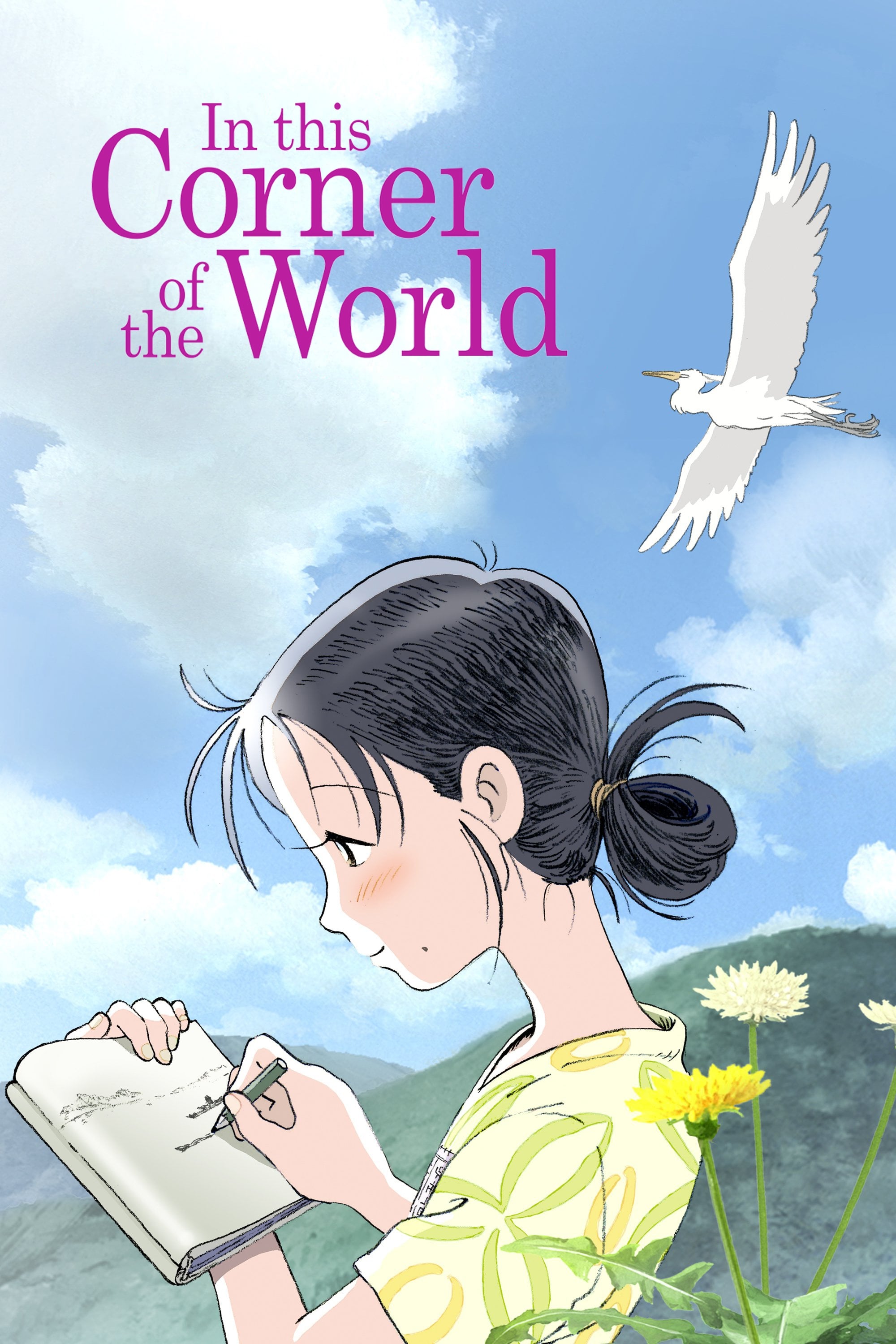
The film offers a realistic look at what everyday life was like in the Japanese cities of Kure and Hiroshima during the war. It shows details like food rationing, blackouts, and how communities organized themselves. The filmmakers carefully recreated homes, using authentic clothing, kitchen items, and even meals based on diaries and official guides from the time. We also see how people dealt with air raids, taking shelter according to the procedures of the era, and how the city’s infrastructure – like trams and streets – changed as the war progressed and caused damage and displacement.
‘Grave of the Fireflies’ (1988)
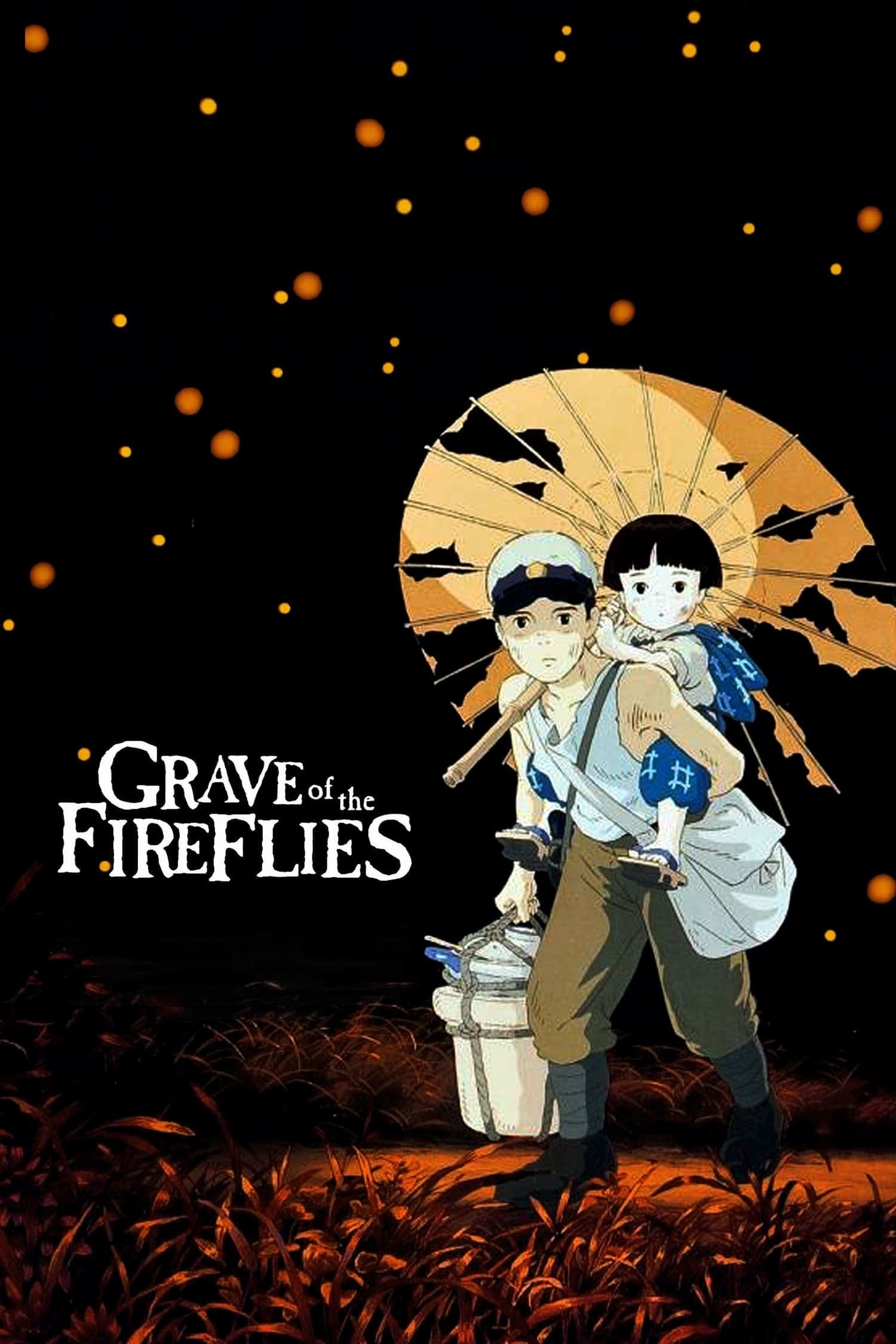
The film takes place in Kobe near the end of World War II and tells the story of two siblings trying to survive. It realistically portrays the challenges of the time, including air raids, crowded evacuation centers, and food shortages. The filmmakers used historical details, like how food was distributed locally and the need to carry ID. The movie accurately shows how people built shelters, the damage caused by bombs, and the work of cleaning up afterward. The changing scenery – from farms and rivers to markets – highlights how supplies were disrupted and people began trading goods with each other.
‘The Wind Rises’ (2013)
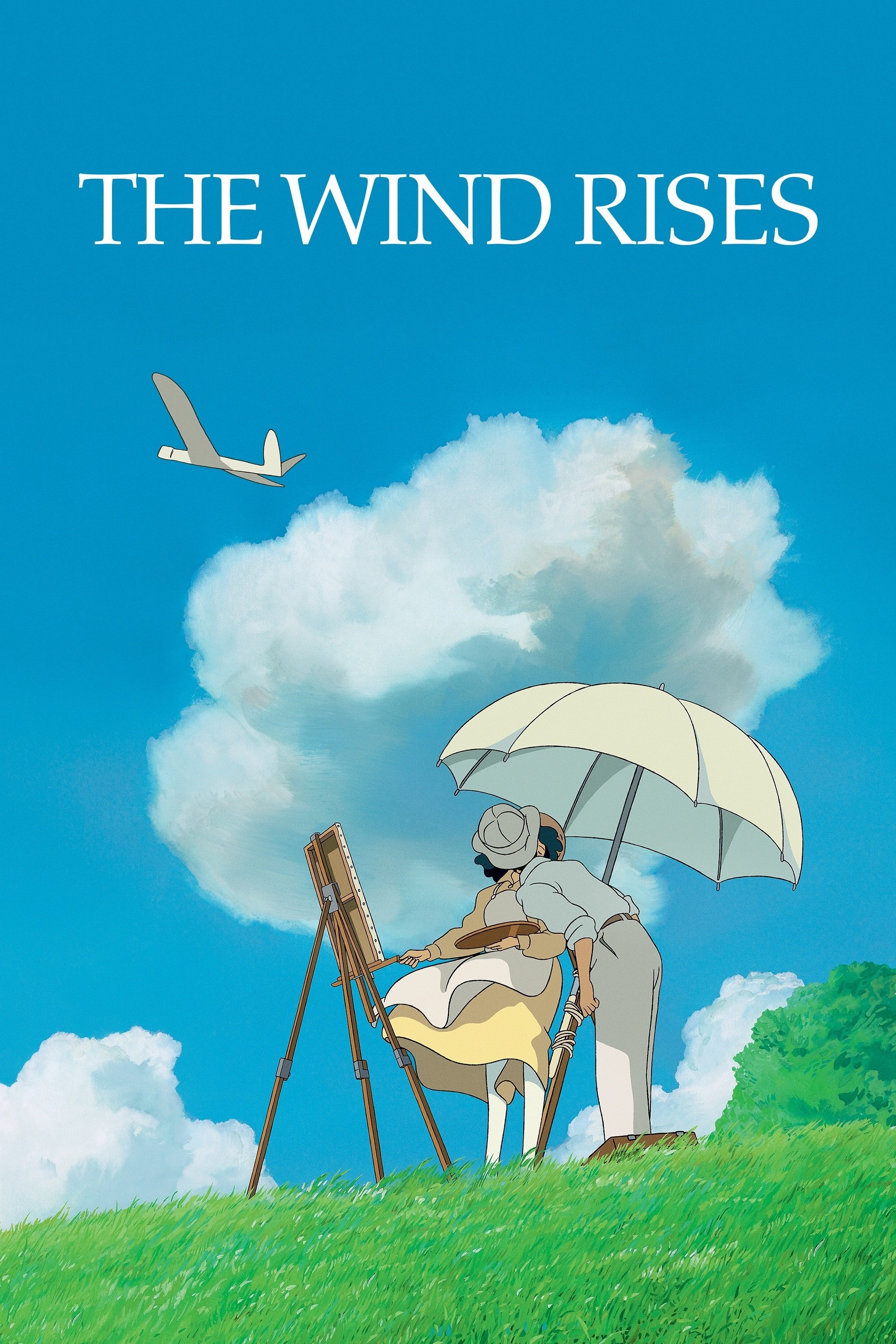
This film is a biographical story about Jiro Horikoshi, an engineer, and follows his work in Japan between the two World Wars. It shows the detailed process of designing and building airplanes, from initial sketches and material tests to creating and refining prototypes. The movie accurately depicts the industrial techniques of the time, like using slide rules and wind tunnels, and the complex ways companies and the military approved new designs through testing and revisions. The story also highlights the challenges engineers faced, including the Great Kantō Earthquake and economic difficulties, and how these events impacted their work and travel.
‘Angolmois: Record of Mongol Invasion’ (2018)
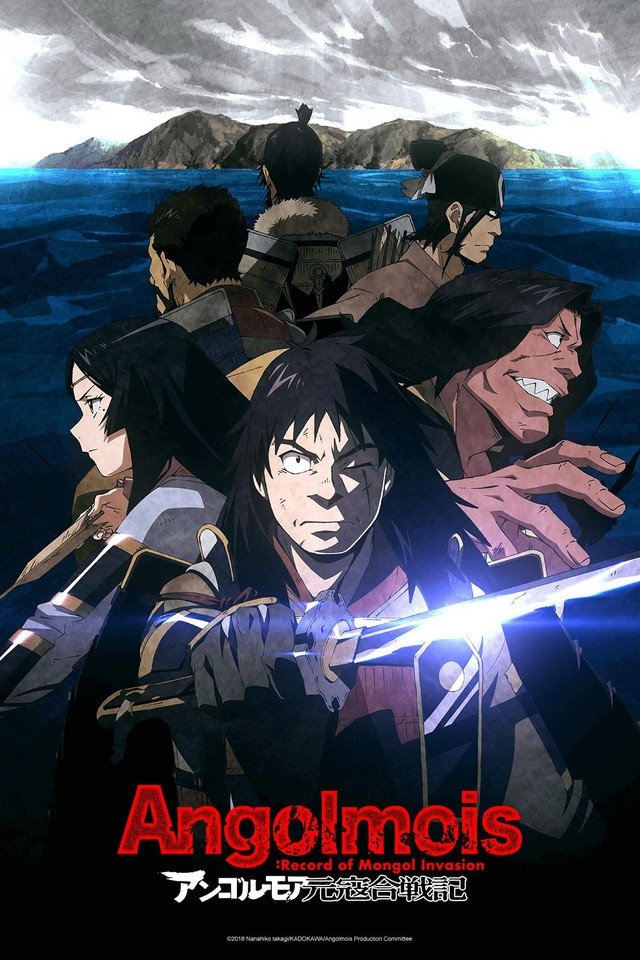
The series focuses on the 1274 invasion of Tsushima Island, realistically depicting battles using weapons, armor, and troop formations inspired by historical Japanese and Yuan sources. Details like armor designs, flags, and defensive structures are based on artwork and archaeological discoveries from that period. Battle sequences also incorporate historically accurate communication methods, such as conch shells and flags, alongside coastal watch systems. Furthermore, the game’s landscapes—including beaches and mountain paths—faithfully recreate the actual geography of Tsushima Island.
‘Hyouge Mono’ (2011–2012)
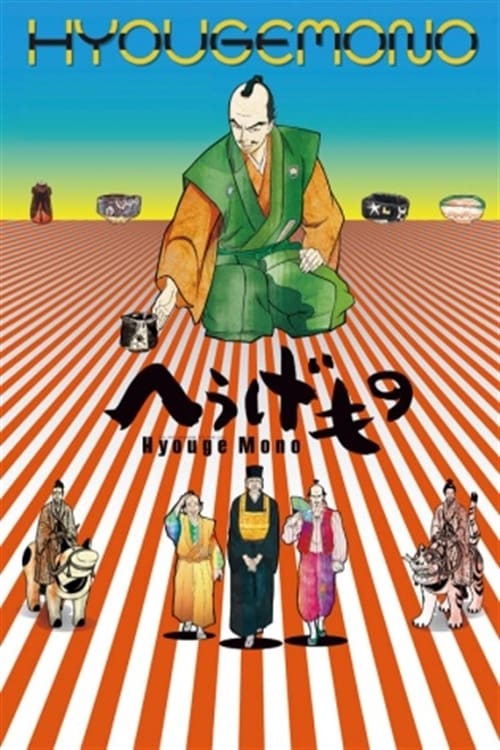
This series examines the political landscape of the late Sengoku period in Japan through the art of tea ceremony. It reveals how powerful lords (daimyo) used tea, its aesthetic principles of wabi, and valuable tea tools as part of their strategies. The series details specific pottery types, glazes, and famous tea utensils – including those linked to the tea master Rikyū, Oribe ware, and imported Chinese ceramics – using accurate terminology. Reconstructions of castles, tea houses, and gardens are based on historical plans and writings. Ultimately, it shows how diplomatic gifts and cultural influence were practical tools used to maintain power.
‘The Heike Story’ (2022)
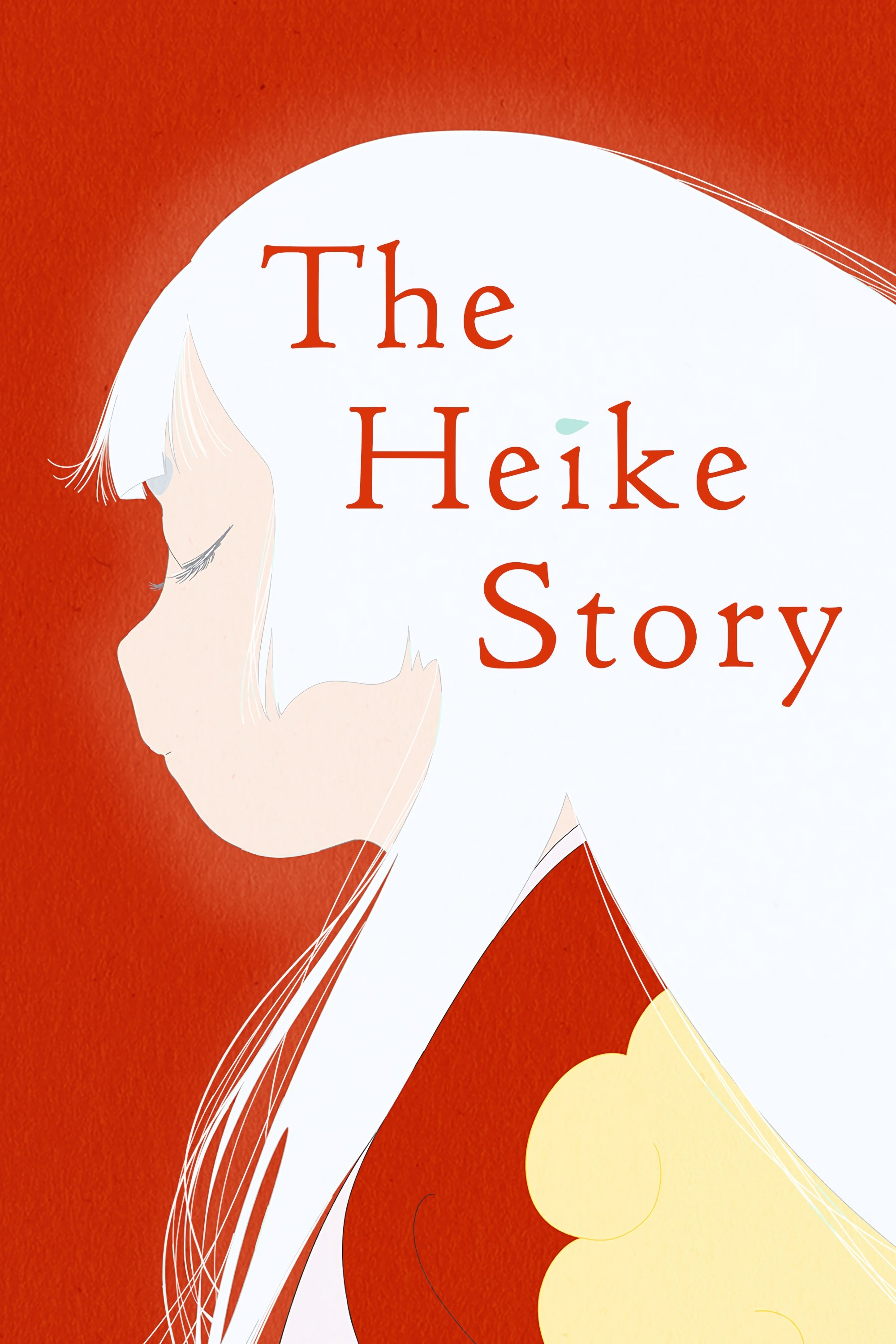
This series reimagines a classic medieval story, carefully recreating the world of Japan’s late Heian period. It details the social structure – from the emperor’s court to religious monasteries and powerful military families – and accurately depicts the clothing, transportation, and music of the time. The story’s political backdrop, including the rise of the Taira clan and the ensuing Genpei War, is grounded in historical events and real places. Finally, the series illustrates how the story was originally shared through oral traditions and musical performances.
‘Onihei’ (2017)
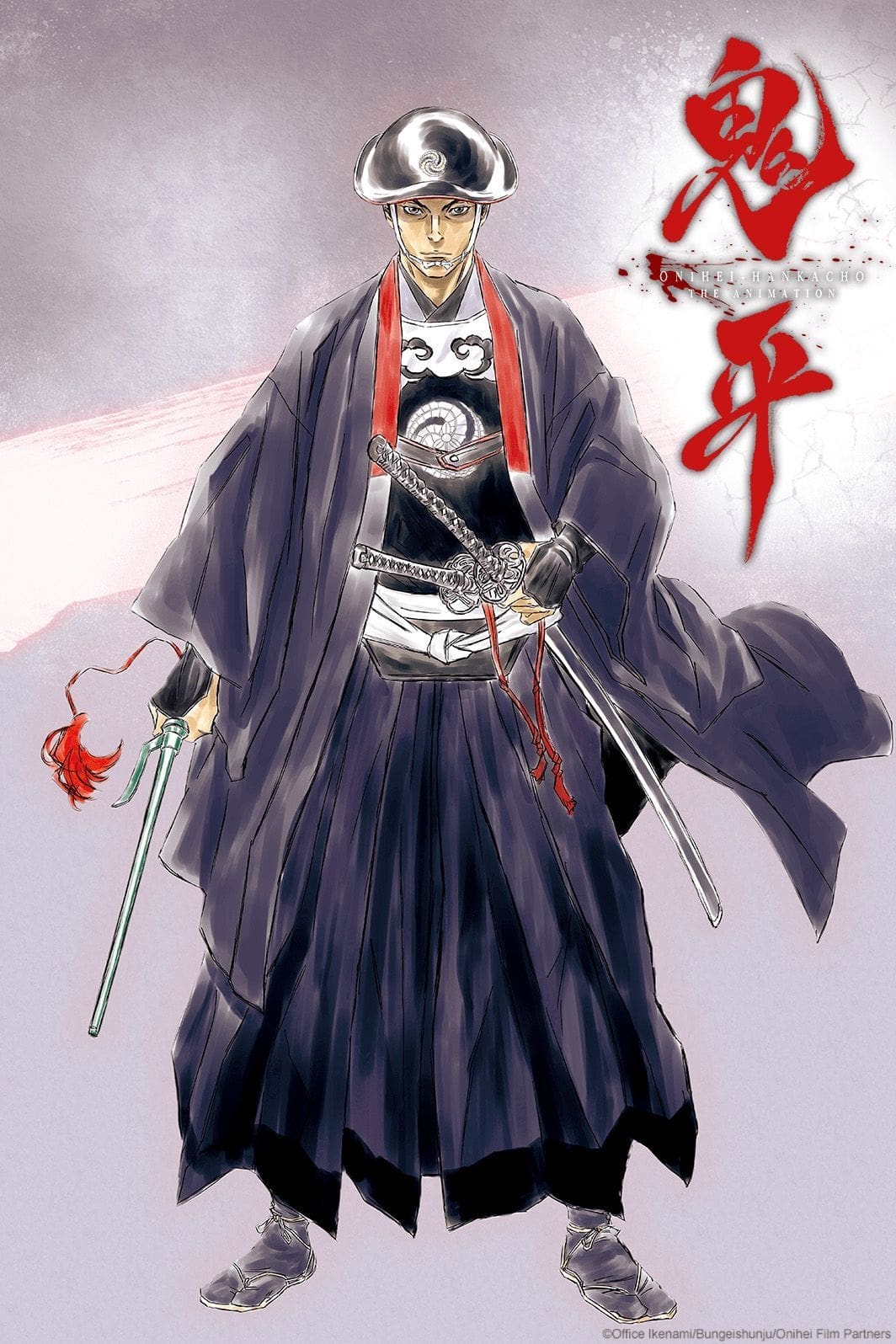
This show takes place in Edo-era Japan and centers around the office dedicated to investigating arson and theft. It realistically portrays the work of officials like magistrates and their assistants, showing how they handled cases with paperwork and within specific areas of responsibility. The city itself is a character, with its streets, canals, and night patrols reflecting how Edo was designed and protected. The mysteries are rooted in the daily life of the time, featuring details like merchant groups, travel documents, and the language of criminals, all reflecting Edo’s administrative systems.
‘Emma: A Victorian Romance’ (2005–2007)

As a fan, I’m really impressed with how carefully this production gets the details right. It doesn’t just show us the story, it builds a whole world. You can really see the difference between classes – the costumes aren’t just pretty, they’re made with fabrics and details that accurately reflect a person’s social standing. And it’s not just about the clothes! They’ve thought about everything – how people got around London, where they spent their free time, even the strict rules around dating and how employers treated their servants. Every little interaction feels authentic because it’s based on how things actually were back then. It’s a truly immersive experience!
’91 Days’ (2016)
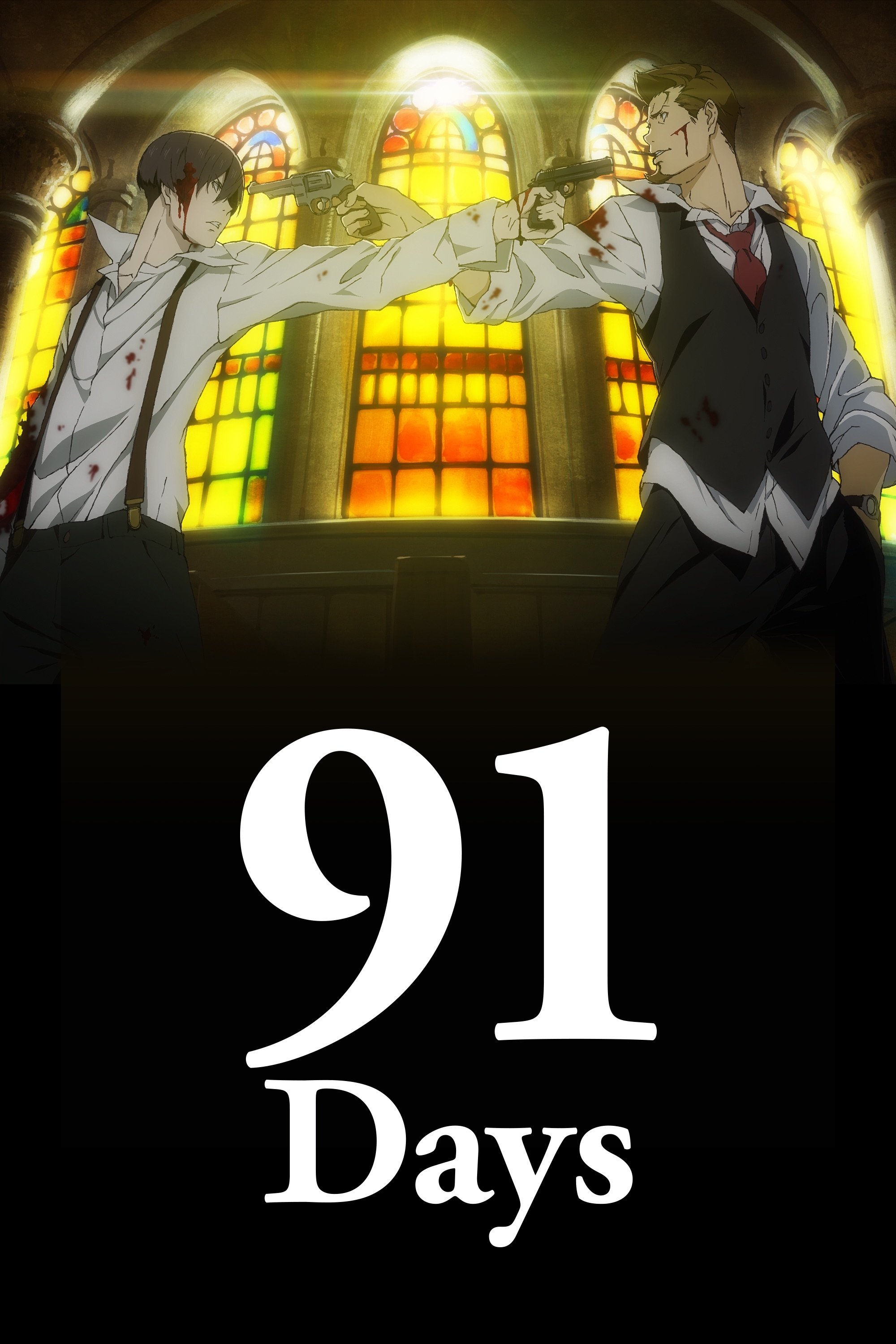
Set during the Prohibition era in an American Midwest city, the series depicts the intricate world of bootlegging and speakeasies. It realistically portrays how illegal alcohol was made, transported from hidden distilleries through fake businesses, and protected by corrupt officials. The show pays close attention to detail, accurately showcasing the cars, weapons, and city streets of the time. Furthermore, the legal processes of raids, arrests, and trials directly influence how the characters strategize and avoid getting caught.
‘Baccano!’ (2007)
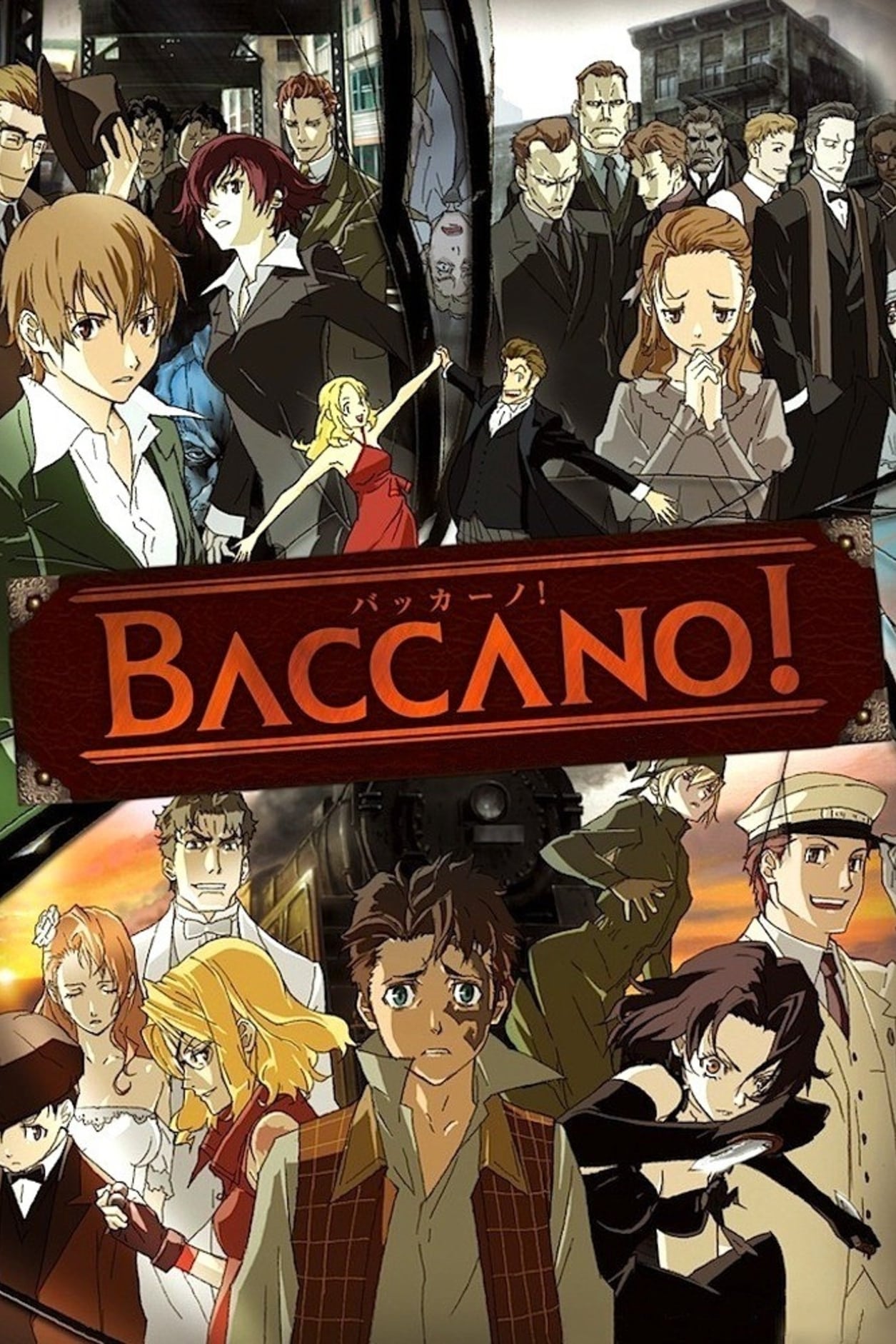
The show is set in the United States during the early 1930s, capturing the atmosphere of the Depression era. Trains, hotels, and city streets play a key role, reflecting the travel and criminal activity of the time. Authentic details like train schedules and the appearance of railcars are featured prominently. The story also incorporates elements of the period’s underworld, including immigrant communities, illegal alcohol trade, and organized crime. Careful attention to period-accurate signs, fonts, and advertisements helps create a convincing historical setting.
‘Rainbow’ (2010)
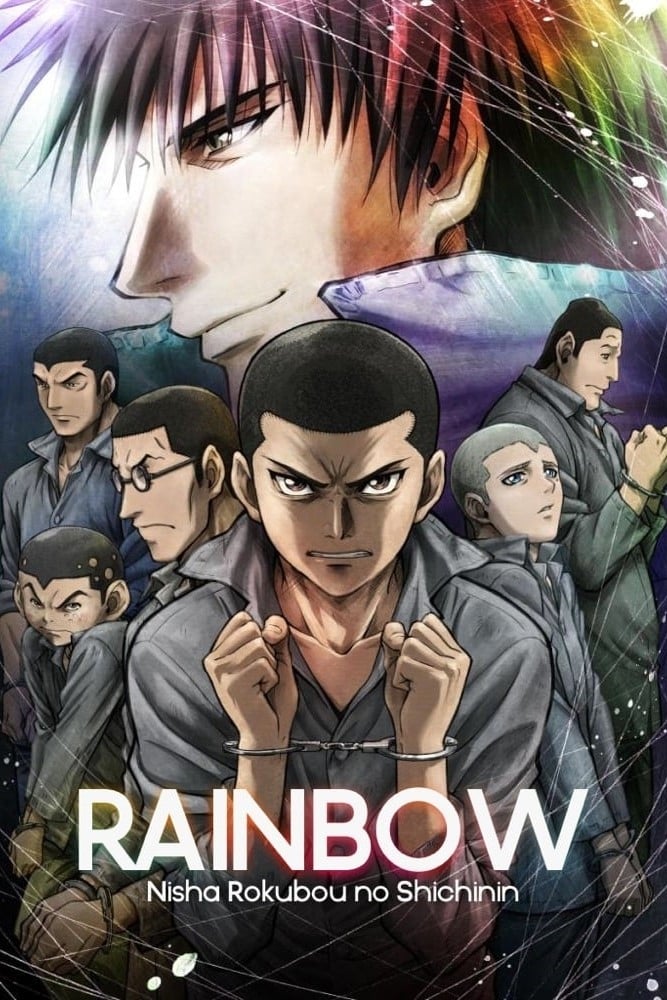
This series tells the story of young people navigating life in a Japanese reformatory after the war, offering a glimpse into what society and the legal system were like in 1950s Japan. It shows the lingering effects of rationing, the rise of black markets, and the job training programs that helped people get back on their feet. The daily life within the reformatory—from medical checkups to dorm arrangements and disciplinary rules—mirrors practices used in modern correctional facilities. The series also portrays how people found work through street vendors, boarding houses, and employment agencies during that time.
‘Miss Hokusai’ (2015)

The film centers on Ōei, Hokusai’s daughter, and vividly brings to life the world of late Edo-era Japan – from art studios and publishing houses to the bustling streets. It clearly demonstrates the entire woodblock printing process, including design, carving, and inking. By referencing famous prints, publishers, and customers, the film grounds the family’s artwork in a real historical context. We also see the family’s life through depictions of seasonal festivals, bridges, and the activity along the rivers, all within a detailed recreation of the city.
‘Giovanni’s Island’ (2014)
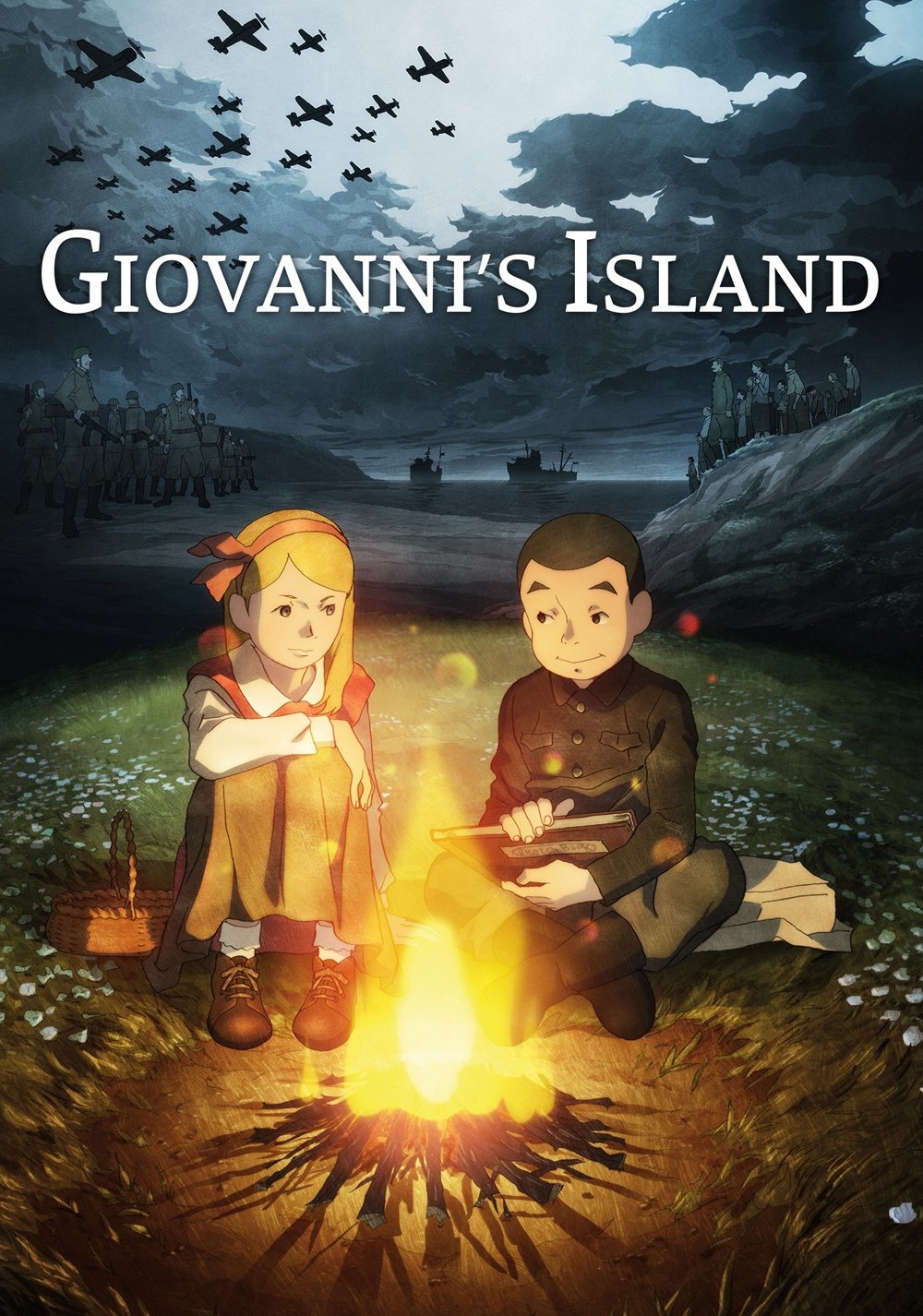
The film takes place on Shikotan Island, part of the Kuril Islands, and depicts life after the Soviet Union took control following the war, including the arrival of new residents. It shows everyday aspects of this transition, like schooling, difficulties with language, and how food was distributed. The film also portrays the established Soviet military presence, following standard procedures, and the island’s unique buildings – a blend of Japanese and Russian architectural styles.
‘Kingdom’ (2012–)
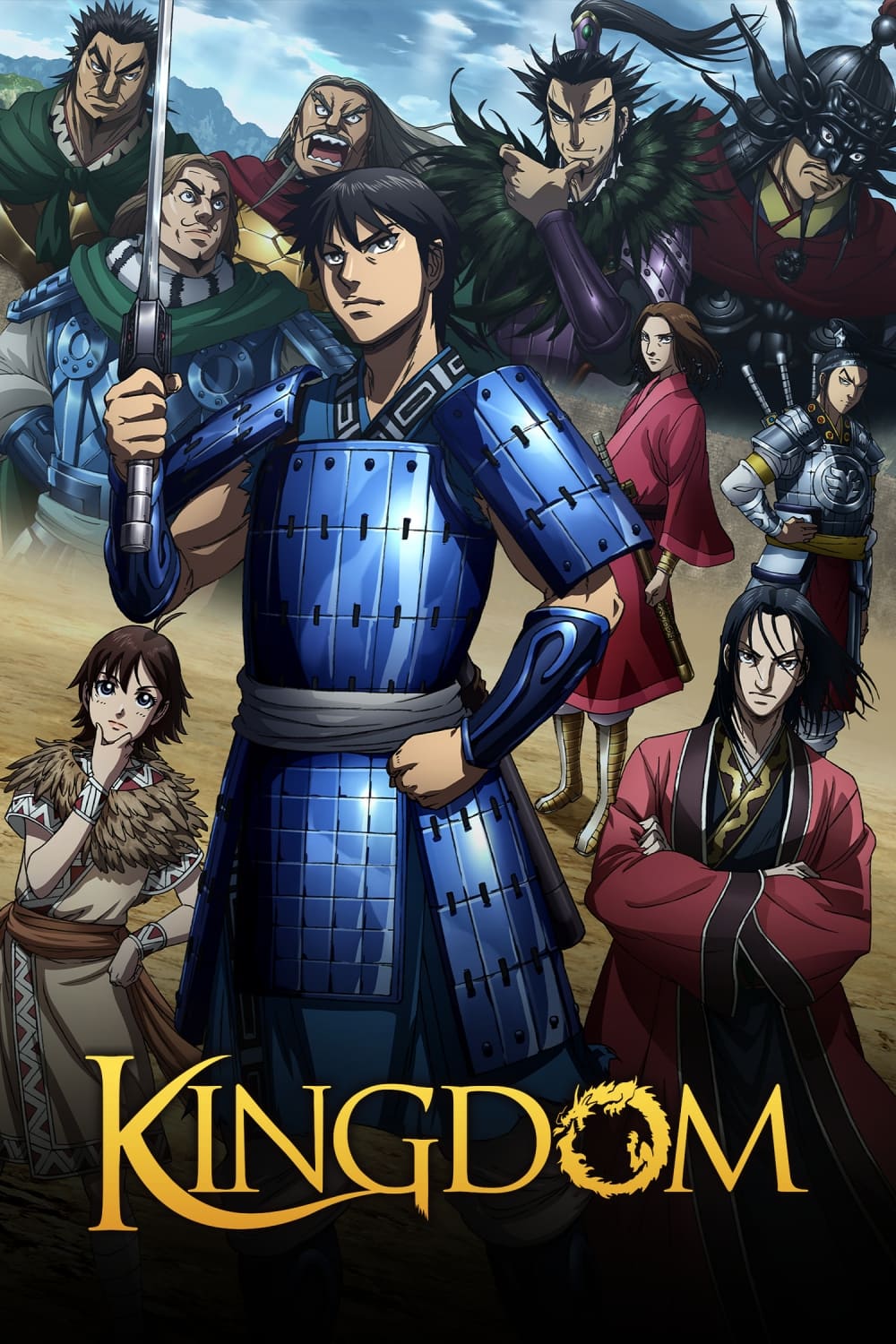
As a total history and movie buff, I was blown away by how meticulously this series recreated ancient China’s Warring States period. It wasn’t just about battles; they really showed everything – how armies were raised, supplied, and moved around. What I loved was seeing how politics – things like new laws, deals between kingdoms, and even noble titles – were all connected to real historical figures. And the attention to detail! The forts, the way they signaled each other with fires, and the battle formations all seemed based on actual historical texts and archaeological finds. Plus, they didn’t just invent locations; the rivers, mountains, and cities they showed felt like real places you could find on a map.
‘Peacemaker’ (2003–2004)
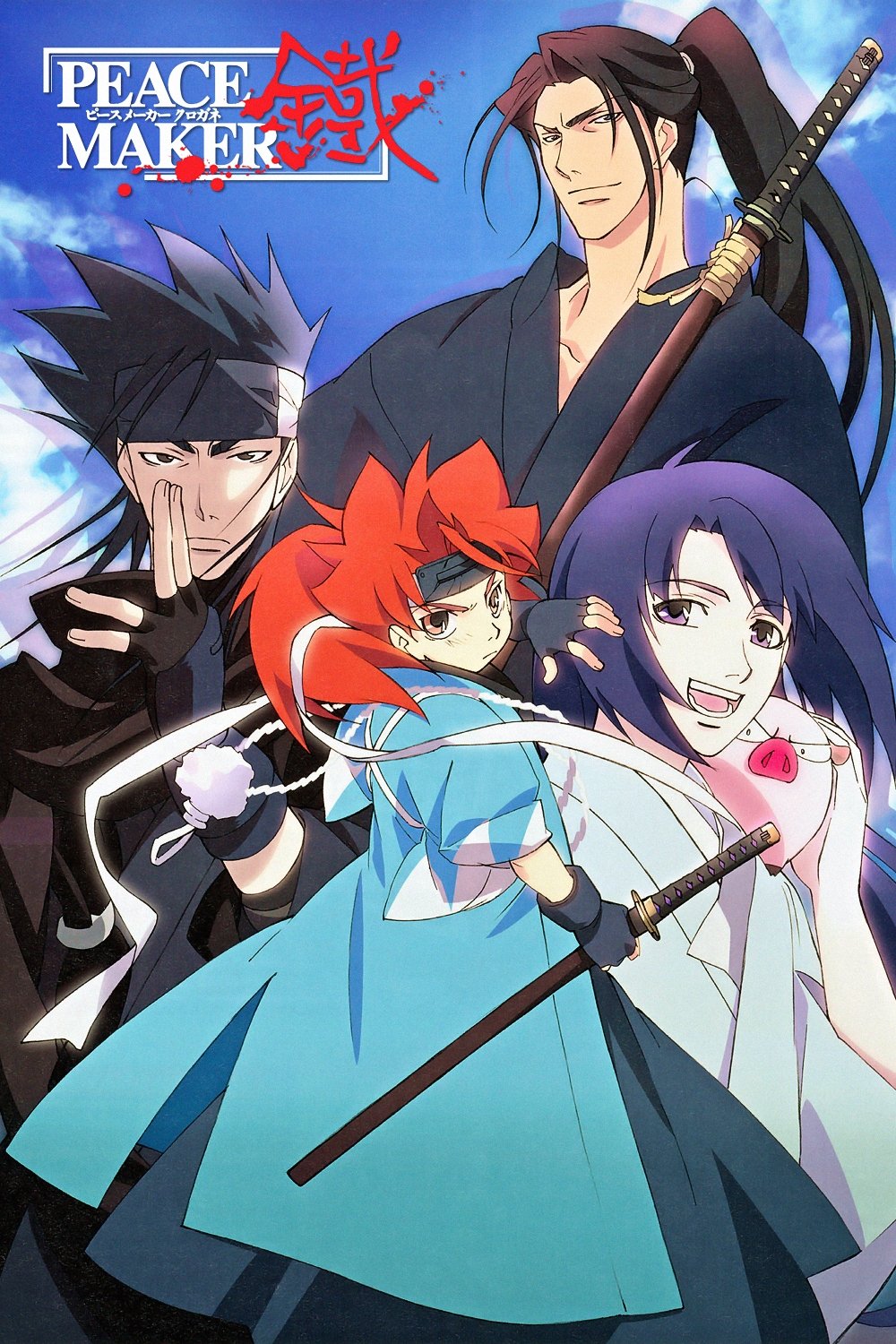
This series is set in Kyoto during a turbulent period of Japanese history. It realistically portrays the Shinsengumi, a special police force, showing their daily lives within their headquarters and on patrol. The show pays close attention to historical details, accurately depicting the group’s organization, rules, and duties. Political events and conflicts with different groups and individuals drive the story, all set within a carefully recreated version of historical Kyoto, including its inns, teahouses, and city gates.
‘Blade of the Immortal’ (2019–2020)
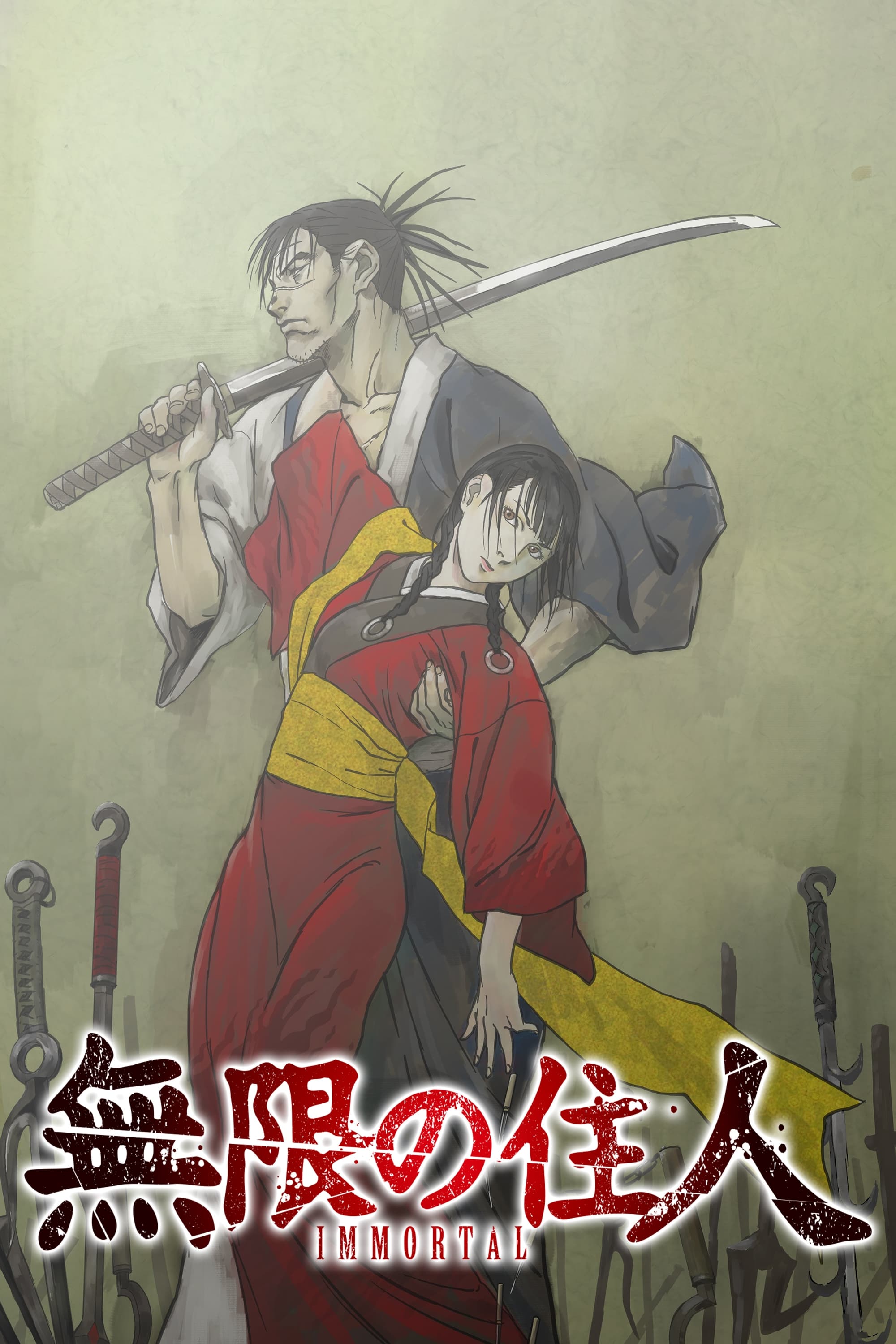
The story takes place during a period of significant change in Japan, from the late 1500s to the early 1600s, showing how sword fighting styles and society were evolving. Characters travel using official passes and must stop at checkpoints and post stations. The details of weapons, armor, and martial arts training are historically accurate. The towns and cities are depicted as they would have looked during this time of growth, with shops, bridges, and entertainment districts.
‘Taisho Otome Fairy Tale’ (2021)
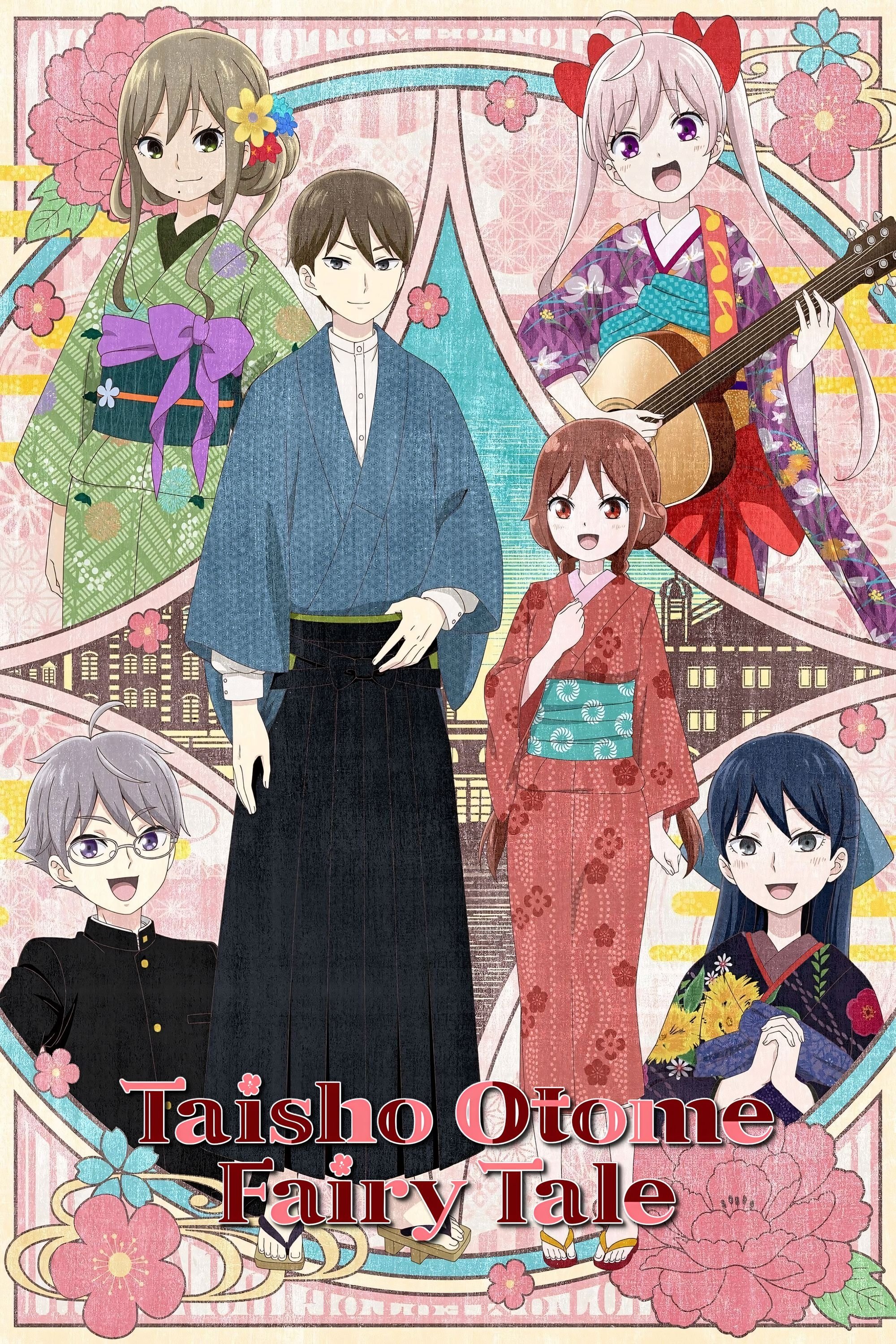
This series takes place during the Taishō era and offers a glimpse into life at the time, showcasing changes like new estates, school improvements, and a growing consumer culture. It depicts everyday life with things like kerosene lamps, early home appliances, and shopping from catalogs. Fashion was a blend of traditional kimono and Western styles. We also see public health initiatives, seasonal festivals, and the impact of new technologies like postal services and trains, which helped connect people and build communities.
Tell us about anime scenes that are based on real historical events! We’d love to hear which shows you think did the best job of bringing those time periods to life. Share your thoughts in the comments!
Read More
- Silver Rate Forecast
- Красный Октябрь акции прогноз. Цена KROT
- Gold Rate Forecast
- Nvidia vs AMD: The AI Dividend Duel of 2026
- Dogecoin’s Big Yawn: Musk’s X Money Launch Leaves Market Unimpressed 🐕💸
- Bitcoin’s Ballet: Will the Bull Pirouette or Stumble? 💃🐂
- Navitas: A Director’s Exit and the Market’s Musing
- LINK’s Tumble: A Tale of Woe, Wraiths, and Wrapped Assets 🌉💸
- Can the Stock Market Defy Logic and Achieve a Third Consecutive 20% Gain?
- Solana Spot Trading Unleashed: dYdX’s Wild Ride in the US!
2025-10-29 09:17